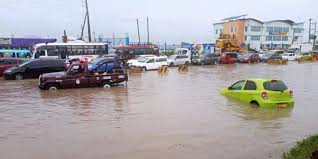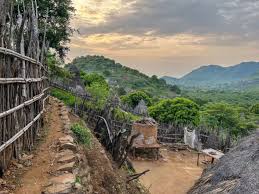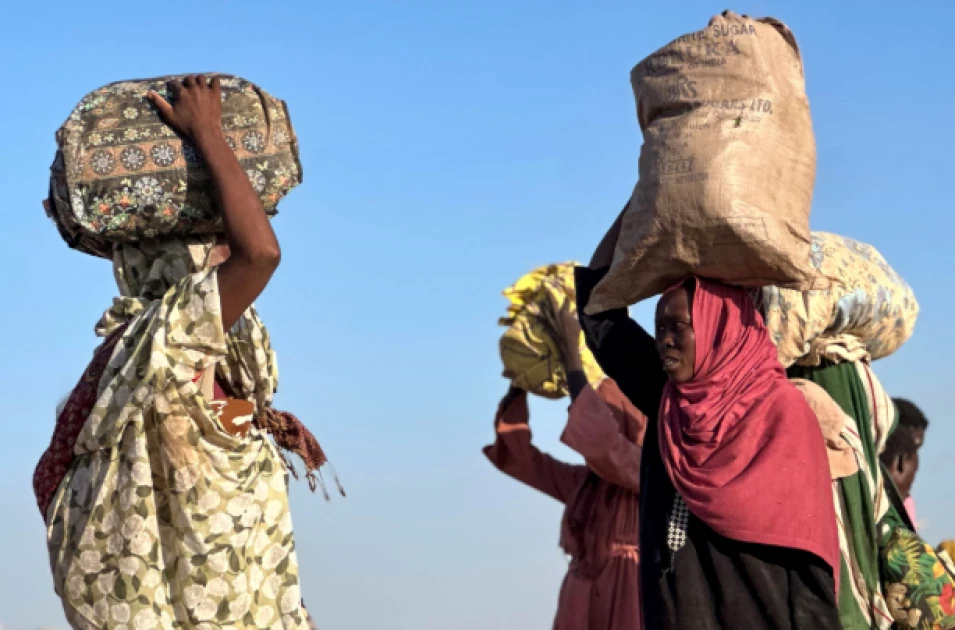Kenya is expected to receive less rainfall than usual during the October to December short rains, according to the latest forecast by the IGAD Climate Prediction and Applications Centre (ICPAC). This is due to a weak La Niña weather pattern combined with a negative Indian Ocean Dipole, which typically brings drier conditions to Eastern Africa.
The report shows that Eastern and Northern Kenya will be hotter and drier than normal, while Western counties may receive more rain, even exceeding 300 millimetres in some areas. In contrast, there is less than a 30% chance that the east and north will reach this amount.
The short rains are very important for Kenya’s farming season. They account for up to 70% of the annual rainfall in some regions. Poor rains can disrupt planting schedules, reduce harvests, and worsen water shortages for both people and livestock.
Farmers in the east and central parts of Kenya are advised to prepare for delayed rains. Planting early may lead to crop failure if the soil remains dry for too long. Hotter conditions in these areas will add more pressure on already fragile ecosystems.
ICPAC released this information during the 71st Greater Horn of Africa Climate Outlook Forum in Nairobi. Their analysis indicates a 55% chance of below-average rainfall in central and eastern Kenya. Global climate models also agree with this trend.
The World Meteorological Organisation (WMO) confirmed that a weak La Niña and a negative Indian Ocean Dipole are developing, which usually reduce rainfall over Eastern Africa. Temperatures are also expected to rise, particularly in eastern regions.
Experts recommend that farmers adopt drought-resistant crops and water conservation methods to cope with the dry spell. County governments and relief agencies are urged to prepare early to avoid food shortages and water crises.



